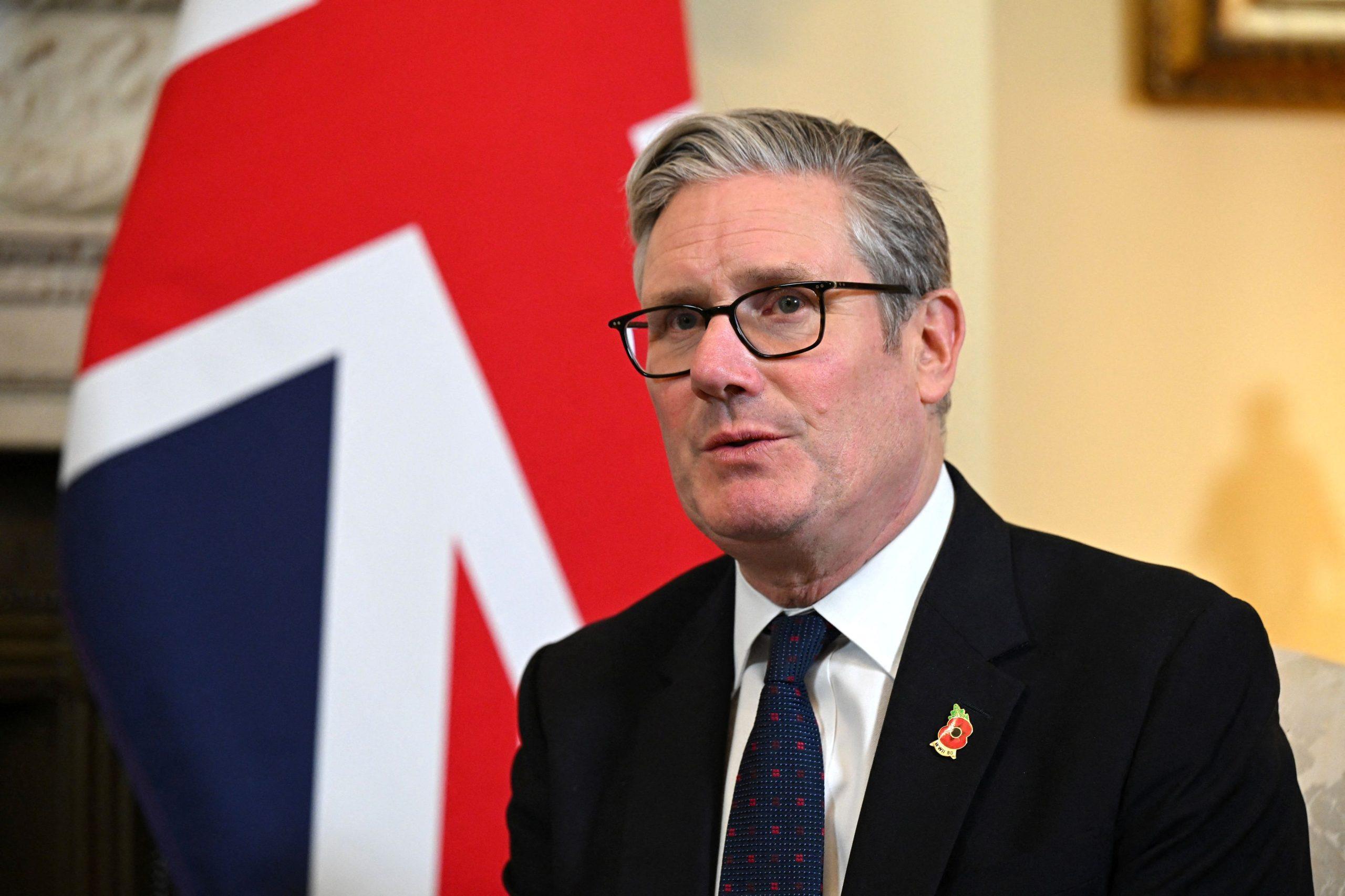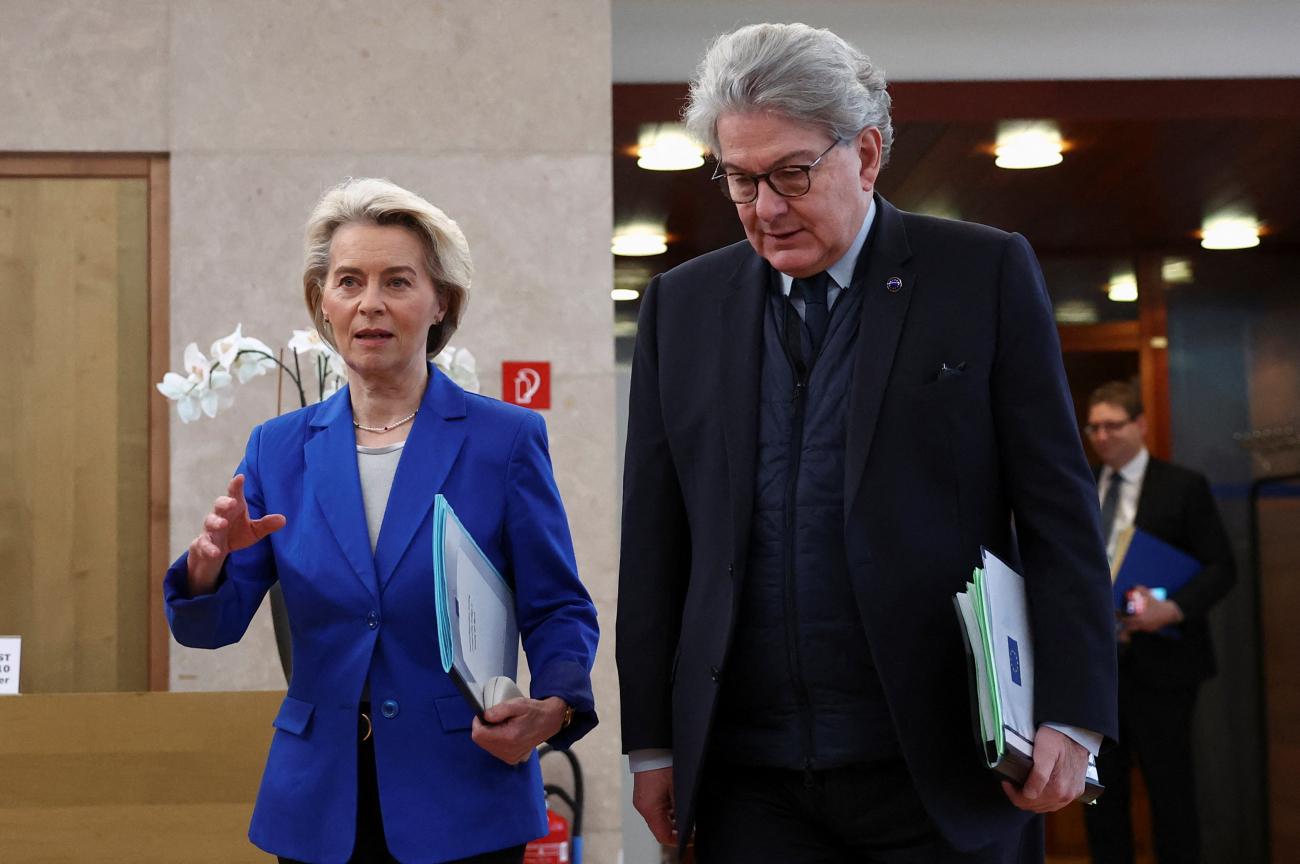Greece remains one of the European Union’s top defense spenders, allocating 3.08% of its GDP to military expenditures in 2024 — far surpassing NATO’s 2% guideline.
The country’s military investments come as EU nations dramatically increase their defense budgets in response to the ongoing war in Ukraine and rising global security tensions.
A new European Parliamentary Research Service report shows that EU Member States collectively raised their defense spending from €218 billion in 2021 to €326 billion in 2024 — a 30% increase in real terms. But Greece, long accustomed to maintaining high defense outlays, stands out not just for meeting the 2% benchmark, but for consistently exceeding it — even during the depths of its financial crisis.
A key driver of Greece’s long-term military spending is its historic rivalry with neighboring Turkey. Persistent geopolitical friction between the two NATO members has led Athens to prioritize deterrence and modernization of its armed forces.
Over the past five years, Greece has launched an ambitious upgrade of its military arsenal. This includes the acquisition of 24 French Rafale fighter jets and frigates, as well as plans to purchase up to 40 U.S.-built F-35 fighter aircraft. In 2024, Greece allocated €7.1 billion to defense, and in April the government announced new €25 billion, 12-year strategy to further modernize its forces.
Presenting the plan to Parliament on April 2, Prime Minister Kyriakos Mitsotakis stated, “The defense minister knows he has 25 billion euros at his disposal for the duration of the program,” emphasizing the need to prioritize acquisitions and strategic investments.
Some initial steps towards even more acquisitions has begun. During the May 6–8 Defense Exhibition Expo in Athens, a key agreement was signed between Israel Aerospace Industries and the Hellenic Aerospace Industry. The memorandum of understanding concerns the “BlueWhale,” an advanced unmanned underwater system capable of intelligence gathering, submarine detection, and minefield reconnaissance — technology being offered to the Hellenic Navy.
Driven by the Ukraine conflict and increasing NATO pressure, many EU countries are now reaching or exceeding the 2% defense spending benchmark. Poland currently leads NATO in defense spending as a percentage of GDP at 4.12%, while Germany and France both crossed the 2% mark in 2024.
This comes in the context of the European Commission’s new ReArm Europe plan, aiming to mobilize €800 billion by 2029. The initiative includes €150 billion in EU-backed loans and new mechanisms allowing Member States to exceed EU fiscal rules to boost defense budgets. Sixteen countries have already activated the Stability and Growth Pact’s “escape clause” to fund their military build-ups.
Source: tovima.com
















![Επαγγελματικά ακίνητα: Στα ύψη οι τιμές ενοικίασης – Οι περιοχές [πίνακες]](https://www.ot.gr/wp-content/uploads/2025/12/graf-1024x551-1.jpg)























